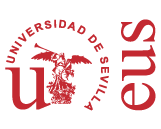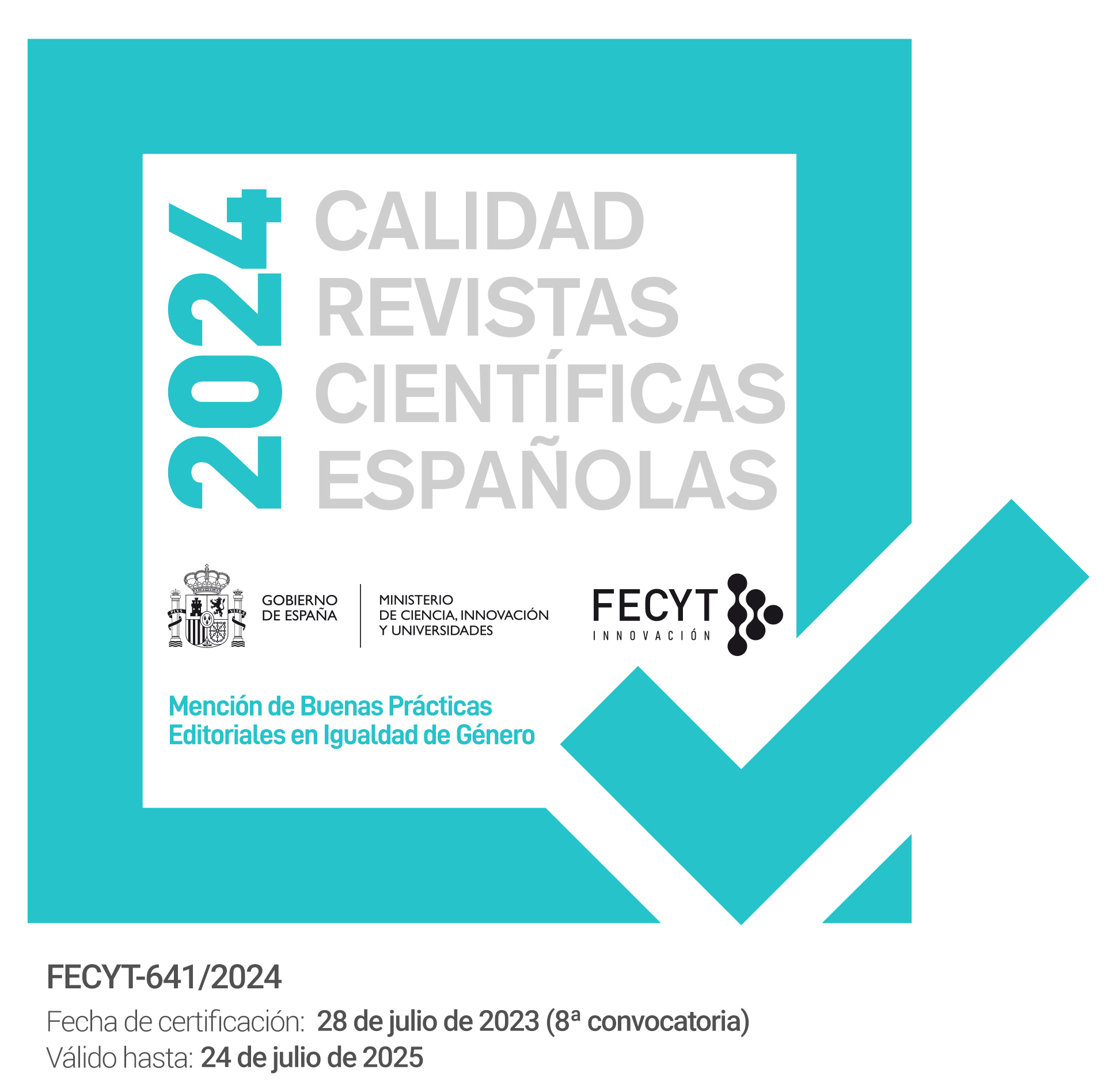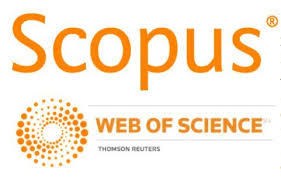“[For] I have been fortunate to be kinsfolk of the Royal Incas”: the maternal lineage, ...
DOI:
https://doi.org/10.12795/PH.2018.v32.i02.08Keywords:
Lineage, mother tongue, mestizos, blood purity, Chimpu OclloAbstract
The references to Chimpu Ocllo, Inca Garcilaso’s mother, are the central axis of his works as they appear in strategic places within his texts. These textual references, some longer than others, function as the unifying thread of his cultural and historic narratives. It is through his mother that the Inca Garcilaso designs his own genealogy, embraces his mother tongue, and becomes a cultural translator, able to negotiate with the margins of the ontological alterity.
Downloads
References
REFERENCIAS BIBLIOGRÁFICAS
Ares Queija, Berta (2004): “Mancebas de españoles, madres de mestizos. Imágenes de la mujer indígena en el Perú colonial temprano”, en: Gonzalbo, Pilar/Ares Queija, Berta (eds.): Las mujeres en la construcción de las sociedades iberoamericanas. Sevilla: CSIC,
-40.
Campbell, Thomas (2002): Tapestry in the Renaissance: Art and Magnificence. New York: Metropolitan Museum of Art.
Chang-Rodríguez, Raquel (2015): “Inca Garcilaso’s Mother: Agency and Authority in the Royal Commentaries”, en: Martin, Adrienne L./Quintero, María Cristina (eds.): Perspectives on Early Modern Women in Iberia and the Americas. Nueva York: Escribana Books, 90-108.
De la Puente, José Carlos (2016): “Incas pecheros y caballeros hidalgos: la desintegración del orden incaico y la génesis de la nobleza incaica colonial”, Revista Andina 54, 9-95.
Gonzales Vigil, Ricardo (ed.) (2016): Inca Garcilaso de la Vega Comentarios reales y otros textos. Barcelona: Penguin Random House.
Hernández, Max (1993): Memoria del bien perdido. Conflicto, identidad y nostalgia en el Inca Garcilaso de la Vega. Lima: Instituto de Estudios Peruanos.
Johnson, Julie Greer (1983): Women in Colonial Spanish American Literature: Literary Images.Connecticut: Greenwood Press.
Julien, Catherine (2000): Reading Inca History. Iowa City: University of Iowa Press.
Martínez, María Elena (2008): Genealogical Fictions. Limpieza de Sangre, Religion, and Gender in Colonial Mexico. Stanford, California: Stanford University Press.
Miró Quesada, Aurelio (1945): “El testamento de la madre del Inca Garcilaso”, Letras. Universidad Nacional Mayor de San Marcos. Primer Cuatrimestre, 46-56.
Niles, Susan (1999): The Shape of Inca History. Narrative and Architecture in an Andean Empire. Iowa City: University of Iowa Press.
Rivera, Olga (2002): “La leche maternal y el sujeto de los descendientes en La Perfecta Casada”, Hispanic Review 70, 2, 207-17.
Rodríguez-Mansilla, Fernando (2014): “La sombra del padre es alargada: La Relación de la descendencia de Garci Perez de Vargas del Inca Garcilaso”, Colonial Latin American Review 68, 4, 177-87.
Ruan, Felipe (2016): “Language, Genealogy and Archive: Fashioning the Indigenous Mother in the Comentarios reales and in Sixteenth-Century Mestizo Petitions”, Revista Canadiense de Estudios Hispánicos 41, 1, 35-64.
Zamora, Margarita (1988): Language, Authority and Indigenous History in the Comentarios Reales de los Incas. New York: Cambridge University Press.
FUENTES DOCUMENTALES
Betanzos, Juan de [1551-57]: Suma y narración de los incas. Transcripción, notas y prólogo de María del Carmen Martín Rubio. Madrid: Ediciones Atlas, 1987.
Betanzos, Juan de [1551-57]: Narrative of the Incas. Edición y traducción de Ronald Hamilton and Dana Buchanan. Austin: University of Texas Press, 1996.
Cieza de León, Pedro [1553]: Crónica del Perú. Segunda parte. Edición, prólogo y notas de Francesca Cantú. Lima: Pontificia Universidad Católica del Perú, 1985.
Garcilaso de la Vega, El Inca [1590]: La traduzion del indio de los tres dialogos de amor de Leon Hebreo. Madrid: en casa de Pedro Madrigal. <http://www.cervantesvirtual.com/obra/la-traduzion-del-indio-de-los-tres-dialogos-de-amor--0/> (25 abril 2018).
Garcilaso de la Vega, El Inca [1596]: Relación de la descendencia del famoso Garci Pérez de Vargas. Madrid: Biblioteca Nacional. <http://www.cervantesvirtual .com/buscador/ ?q=Relación +de+ la+ descendencia+del+famoso+Garci+Pérez+de+Vargas> (25 abril 2018).
Garcilaso de la Vega, El Inca [1605]: Florida del Inca: Historia del Adelantado Hernando de
Soto gouernador y capitán del reino de la Florida. Biblioteca Digital Hispánica. <https://archive.org/details/lafloridadelynca00vega> (25 abril 2018).
Garcilaso de la Vega, El Inca [1609]: Primera Parte de los Commentarios Reales, qve tratan del origen de los Yncas, Reyes que fveron del Perv, de su idolatría, leyes, y gouierno en paz y en guerra: de sus vidas y conquistas, y de todo lo que fue aquel Imperio y su República, antes que los Españoles passaran a el. Lisboa: Imprenta de Pedro Crasbeeck. <http://www.cervantesvirtual.com/obra/primera-parte-de-los-commentarios-reales-qve-tratan-delorigen-de-los-yncas-reyes-qve-fveron-del-perv-de-sv-idolatria-leyes-y-gouierno-enpaz-
y-en-guerra-de-sus-vidas-y-conquistas-y-de-todo-lo-que-fue-aquel-imperio-y-surepublica-antes-que-los-espanoles-p/> (25 abril 2018).
Garcilaso de la Vega, El Inca [1617]: Historia general del Peru trata el descubrimiento del,y como lo ganaron los españoles. Las guerras civiles que hubo entre Pizarros y Almagros, sobre la partija de tierra. Castigo y levantamiento de tiranos y otros sucesos particulares
que en la historia se contienen. Cordova: Imprenta de la viuda de Andrés Barrera y a su costa. <http://www.cervantesvirtual.com/ obra/historia-general-del-peru-trata-eldescubrimiento-del-y-como-lo-ganaron-los-espanoles-las-guerras-ciuiles-que-huuoentre-picarros-y-almagros-y-otros-sucessos-particulares/> (25 abril 2018).
Gonzales de Holguín, Diego [1608]: Vocabulario en la lengua general de todo el Peru llamada Qquichua o del Inca. Digitalizado por Runasimipi Qespisqa Software para publicación en el internet, 2007. <http://www.letras.ufmg.br/padrao_cms/documentos/profs/romulo/VocabvlarioQqichuaDeHolguin1607.pdf> (25 abril 2018).
Guaman Poma de Ayala, Felipe [1615]: Nueva corónica y buen gobierno. Edición de John V. Murra, Rolena Adorno y Jorge Urioste. Madrid: Historia 16, 1987.
Sarmiento, Pedro de [1572]: History of the Incas. Edición de Sir Clements Markham. Cambridge: Haklyut Society, 1908.
Sarmiento, Pedro de [1572]: Historia índica. Biblioteca de Autores Españoles. Vol. 135.
Madrid: Atlas, 1960.
Published
How to Cite
Issue
Section
License
The printed and electronic editions of this Journal are edited by the University of Seville Editorial, and the source must be cited in any partial or total reproduction.
Unless otherwise indicated, all the contents of the electronic edition are distributed under a license of use and distribution “Attribution-NonCommercial-NoDerivatives 4.0 International” . You can view the informative version and the legal text of the license here. This fact must be expressly stated in this way when necessary.
Authors who publish in this journal accept the following conditions:
- The author/s retain copyright and grant the journal the first publication right, and accept it to be distributed with the Creative Commons By NC ND 4.0 licence, which allows third parties to use what is published whenever they mention the authorship of the work and the first publication in this journal and whenever they do not make commercial use and reuse it in the same way.
- Authors can make other independent and additional contractual agreements for the non-exclusive distribution of the article published in this journal (e.g., include it in an institutional repository or publish it in a book) provided they clearly indicate that the work was published for the first time in this journal.
Authors are allowed and recommended, once the article has been published in the journal Philologia Hispalensis (online version), to download the corresponding PDF and disseminate it online (ResearchGate, Academia.edu, etc.) as it may lead to productive scientific exchanges and to a greater and faster dissemination of published work (see The Effect of Open Access).
Accepted 2018-04-10
Published 2018-12-12
- Abstract 584
- PDF (Español (España)) 324
- HTML (Español (España)) 563
- EPUB (Español (España)) 39







